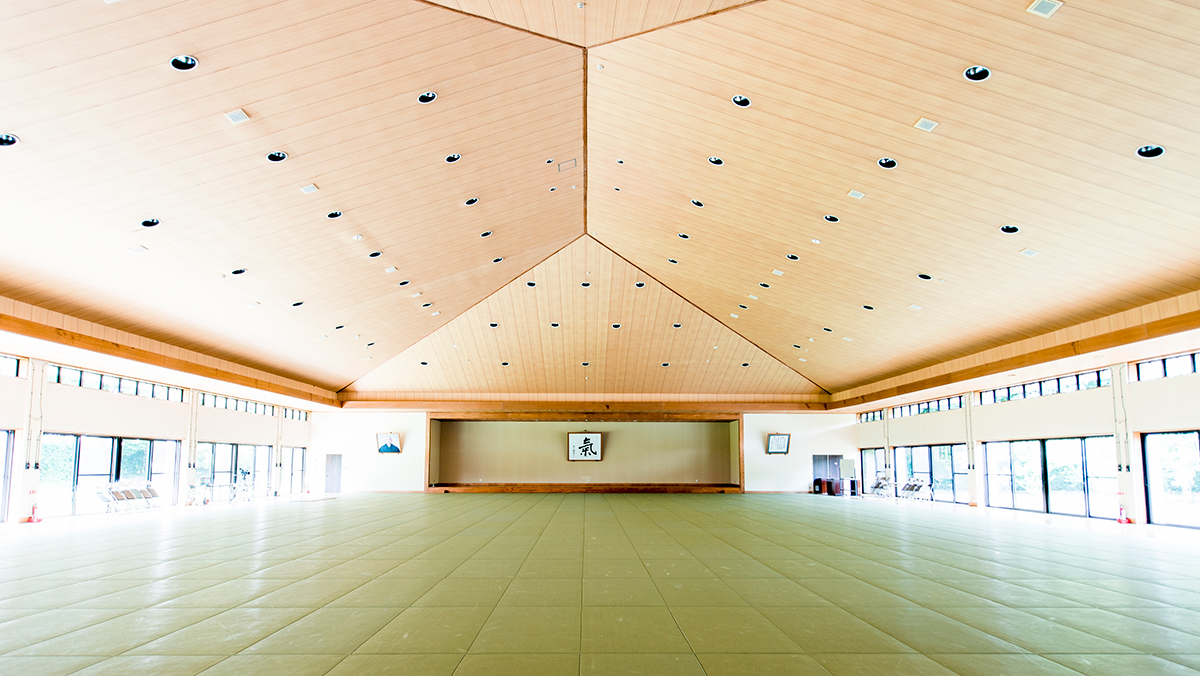A Short Instruction:
The purpose of this article is to practice and validate the Ki principles (Mind moves body) which are the foundation of Ki-Aikido in your daily life. Therefore, it has no meaning if you just read it without practicing it.
The fundamental method of mastering anything is practice. However, not just practice, but it is also important to validate how one has changed as a result of the practice.
It is easy to lose what you have learned without practice. On the other hand, you will never lose what you have learned through practice and validation. Therefore, please read, practice, and validate the contents of my article at least a month.
Holding with Ki
Tohei Koichi Sensei has instructed many professional baseball players. One of them is Mr. Sadaharu Oh, who belonged to the Yomiuri Giants.
Mr. Oh entered the Giants team with great expectations for his performance. However, the results of his first year were not good and occasionally he was criticized severely as the “Strike out king”.
Through various connections, Mr. Oh met Tohei Koichi Sensei in his second year and thereafter he studied with Tohei Koichi Sensei throughout his active career.
As a result, and through his own tremendous effort, he became the person who was called as “The world homerun king”.
Tohei Koichi Sensei first taught him posture with unification of mind and body and then, how to hold the bat with Ki.
Many players, who are not in good condition, exert themselves too much and grip their bat too hard. If they are gripping their bat too tight, their body gets tense unnecessarily and they lose their natural posture. Then, they are unable to handle their bat in the way that they want.
Then, is holding lightly the best? The answer is no. If you just hold lightly, you cannot support the bat properly. Holding this way, you cannot hit a ball moving at 150 km/h. So, gripping hard is not good and just holding lightly is also not good. That is why many players are confused.
There is a correct way to hold that also applies to other objects and tools, not only to a bat. This correct way is called “holding lightly and sending Ki”.
When we hold lightly, and at the same time believe that “Ki passes through” that which we are holding, the whole part of the object will be filled with Ki. Then you feel “the object is a part of your body”.
Even though you hold lightly, if Ki is seen as throughout the whole part of the bat, you are vary stable without leaning back and forth when someone tries to push your body or bat. We call this way of testing for and knowing stability, “Ki testing”.
All players are very surprised when they experience the stability of their posture and bat even though they hold their bat lightly. Furthermore, there is a great sound when they practice hitting the baseball with such stable posture.
In this way, just by checking the way of holding the bat, players with a bad condition can recover their good condition.
In Ki-Aikido training, we practice this way of holding with the bokken (wooden sword). A bokken that is filled with Ki has great strength.
For example, it is not easy to strike down a bokken that is supported in this way. However, a bokken that is gripped hard or just lightly supported has very little strength. The bokken is very honest.
A person who does calligraphy can apply the above method when holding a brush. Similarly, a person who plays music can apply the same when holding an instrument. And a person who cooks can apply the same when holding cooking tools.
In order to learn this method, professional sports athletes, such as professional baseball players, and also calligraphers and musicians are all learning bokken practice.
The correct way of holding can be applicable to all situations of our daily life. For example, let’s apply this principle when carrying plates. If you carry with Ki, you can place the plate on the table softly and quietly. Whereas if Ki is not in the plate, you very well may place it in rough and noisy way.
For improvement in Ki-Aikido, especially ken and jo, the practice of “holding with Ki” in daily life is quite important.
The following is the practice and validation of this month:
This time, this practice and validation is for those who have learnt “the correct way of holding” in Ki-Aikido training at least once.
[Point of practice]
・Hold all things with Ki. (Hold with Ki = hold lightly and send Ki to that which is being held)
[Point of validation]
・Observe how your posture changes when you hold with Ki. And observe how the things you are holding themselves change.

